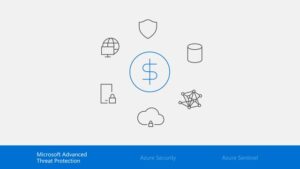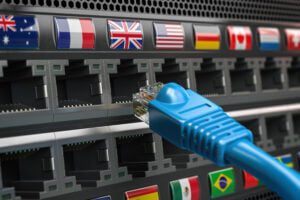Management of IT assets effective: as we know, there are huge savings to be made on software within an organization through software asset management.
About hardware assets. Are there cost savings in desktops, laptops, physical servers, etc.?
With the effective management of IT assetsWith IT Asset Management, it is possible to make huge savings on hardware and software. Saving an organization even more money through IT Asset Management.
Summary
IT asset management: Hardware
Hardware IT asset management, in principle, is the management of physical components (desktops, laptops) and computer networks, from the purchasing stage through to asset retirement.
Above all, management needs to be part of the overall scope of the organization and the processes need to be aligned with other IT processes to ensure that HAM is a big part of it.
Just like software, hardware needs to be managed correctly to ensure that the organization is getting the most out of its IT assets.
Processes must certainly be in place to manage the asset from the point of request to the moment the asset is removed.
Effective management of hardware IT assets as a result can positively affect the amount of time needed to fix hardware problems.
With the IT assets with the right processes and a good education and understanding of them, end users will find the time taken to fix, order or purchase hardware drastically reduced. In such a way that it will leave the ITSM (Information Technology Service Management) team concentrated in other areas.

IT asset lifecycle management: Hardware
Hardware IT assets have a complex life just like software. However, hardware needs to be managed a little differently.
Stages in the life cycle of hardware assets:
In fact, depending on your country, there are several legal ways to make money from the disposal of old hardware.
There are organizations that buy the organization's old hardware and then sell it on as 'refurbished'. There are also recycling companies, charities and schools to which the organization can donate its old hardware.
It is therefore important to remember that you need to wipe all data from the hardware before the asset is disposed of. Undeniably, this needs to be part of the retirement process.
In addition, organizations can be fined large amounts of money if their data is not removed correctly or properly from hardware assets before being disposed of.
Not only that, it's a huge security risk, so it's something that should be done anyway.
HAM and SAM in Asset Management
https:O Hardware Asset Management (HAM) and Software Asset Management (SAM) go hand in hand. A SAM project will not work as effectively or successfully without the implementation of HAM processes or some form of HAM management structure.
It's important to remember that with any project related to new software, hardware considerations must certainly also be addressed. Likewise, this is especially true for any new software requested that is not on the approved software list.
State-of-the-art technical or graphics software may require specialized hardware equipment to be run correctly.
SAM processes need to incorporate HAM and vice versa. As we've mentioned several times in this article, you can't run them effectively or properly without each other.
However, the software has an impact on the hardware (are the hardware specifications powerful enough to run the software?)
And the impact of hardware on software (legacy software that only works on certain specific desktops). Interrelating the two disciplines and having an overall ITAM process that considers hardware and software issues is the best way to effectively manage IT assets while ensuring hardware and software compliance.
Cost savings in IT management
Having HAM processes in place can save an organization a lot in both hardware and subsequent software. A IT asset management or hardware assets, throughout the lifecycle can lead to a reduction in hardware costs throughout the organization's lifecycle.
An important aspect is to capture the financial information on the hardware life cycle, which helps the organization make business decisions based on meaningful and measurable financial objectives.
This also helps organizations to budget for IT budgets in the coming years. software and hardware assetsand justifying the HAM and giving transparency to IT stakeholders.
O hardware asset management also helps with annual spending on hardware. Implementing a process to manage existing assets reduces the time and money spent identifying the need for new pieces of hardware.
Knowing the specification, location and department of the hardware asset allows the call center to retrieve any machines that are no longer needed or from a user who has already left.
It also helps to keep track of hardware assets that are "in stock" and ready for deployment.
Implementing these processes helps to save not only money, but also a lot of time on service desk SLAs (service level agreements).
Return on investment (ROI)
By implementing a successful HAM property, you will quickly see a return on your investment, both financially and over time.
Financial Gain in IT
The financial ROI in HAM is very similar to software asset management. There may be big savings and cost cuts at first, but over time these savings will be minimal. With the right processes, the right tools and the right data, the ROI in HAM in the long term will be a constant reduction in the money spent on hardware and also a reduction in the IT budget for hardware. This money can be invested elsewhere in IT or in another department to help the overall success of the organization.
Saving IT Time
With a program HAM effective, the organization will save a lot of time in managing hardware assets. The processes HAM accelerate SLAs (Service Level Agreements) for hardware requests or incidents and generally make hardware management much easier. This will also reduce the time impacts on the end user who has a hardware-related incident problem, thus reducing any "downtime" they may face.





